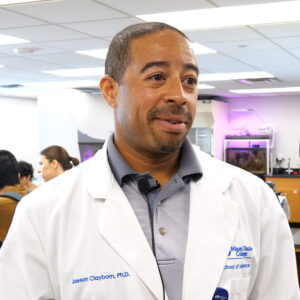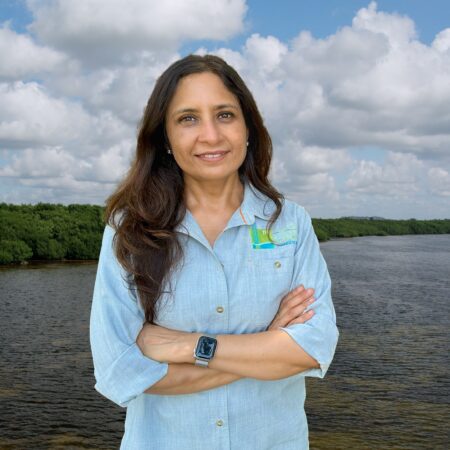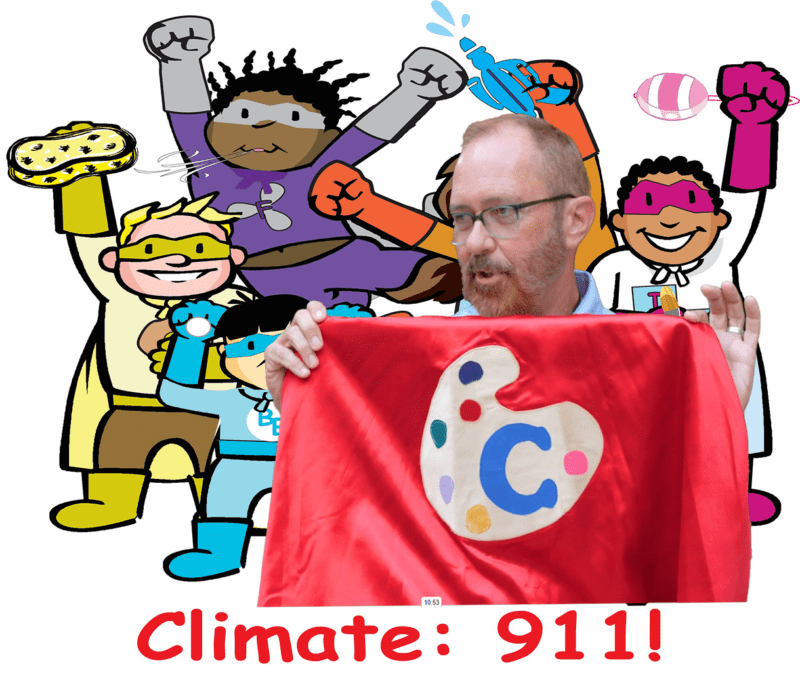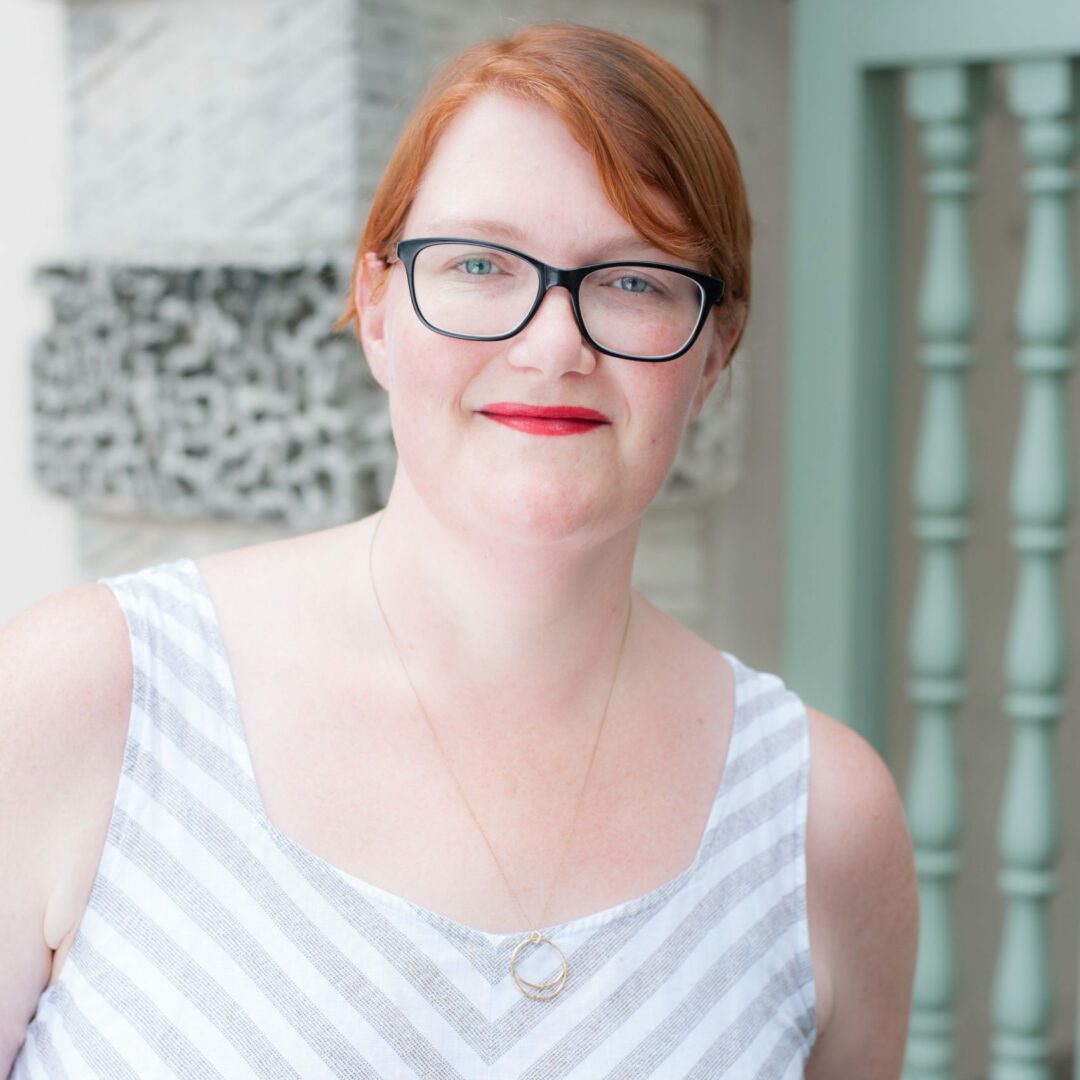TRANSCRIPT (00:00):
Sara Ayers-Rigsby
I’m Sara Ayers-Rigsby. I work for the Florida Public Archeology Network, which is a statewide educational organization, and we are dedicated to promoting the stewardship and public value of Florida’s archeological heritage. I’m going to be talking about how archeological sites and historical sites are at risk due to climate change. So if we think that there are thousands of documented archeological and historical sites here in Florida, about 16,015 are at risk due to climate change.
(00:32):
Sara Ayers-Rigsby
And those are just the ones we know about. Right. There are also, in all likelihood, thousands of undocumented sites. So sites that no one is aware of that they even exist. And those are all threatened by sea level rise hurricanes and other types of climate events. Vizcaya, unfortunately, is one of the sites that’s threatened by climate change. So a three foot rise in sea level, which is predicted by 2100, is going to impact Vizcaya, certainly the surrounding grounds.
(01:01):
Sara Ayers-Rigsby
And if you look at the Noah Sea level rise viewer, you can even see the water just like creeping up the steps out of the outside here by the barge. So obviously, the site has been here for a long time. So how do you how do you address that? How do you create and document the site? So it’s still available for posterity, even when the site itself may no longer be here.
(01:24):
Sara Ayers-Rigsby
So for an archeological site, one of the things you can do is actually excavate the site. So even though you lose the site itself, you still have all the information and the archeological knowledge about the site for a huge, beautiful site like this, you might want to do terrestrial laser scanning, create a virtual model of the site. So at least when the site is no longer available, people will still be able to explore it in the virtual world.
(01:52):
Sara Ayers-Rigsby
So the Florida Public Archeology Network, like I said, we’re a statewide educational organization, so I’m the director for the Southeast and Southwest region. So I cover everything south of Lake Okeechobee. So everything from Charlotte Harbor all the way down to the Florida Keys. And our mission is tripartite. So we do educational outreach. So events like I’m doing tonight, where I’m speaking to people about climate change and archeology, we also assist local governments and we assist the state division of historical resources as well.
(02:24):
Sara Ayers-Rigsby
So, for example, after Hurricane Ian, we went out with a number of different state parks to help document the damage to those sites. And we did the same thing after Hurricane Irma back in 2017 where we went and documented damage and sites on the East Coast. And I’m sure after future hurricanes, we’ll be out documenting those sites as well.
(02:46):
Sara Ayers-Rigsby
And we’re actually established by state statute. So legally, the Florida the state of Florida has to maintain a system of public archeology networks. So what that means is that anyone can request us as a speaker. We have people who volunteer with us to document sites that are being impacted by climate change. We work with people about documenting and preserving historic cemeteries, right?
(03:09):
Sara Ayers-Rigsby
If a cemetery isn’t taking care of it can be lost in a year here in Florida with the way vegetation happens. So, yeah, there’s lots of different ways to get involved. Our website is w w w dot f p a n dot US. so F as in Florida p as in public a as an archeology n as in network.



































